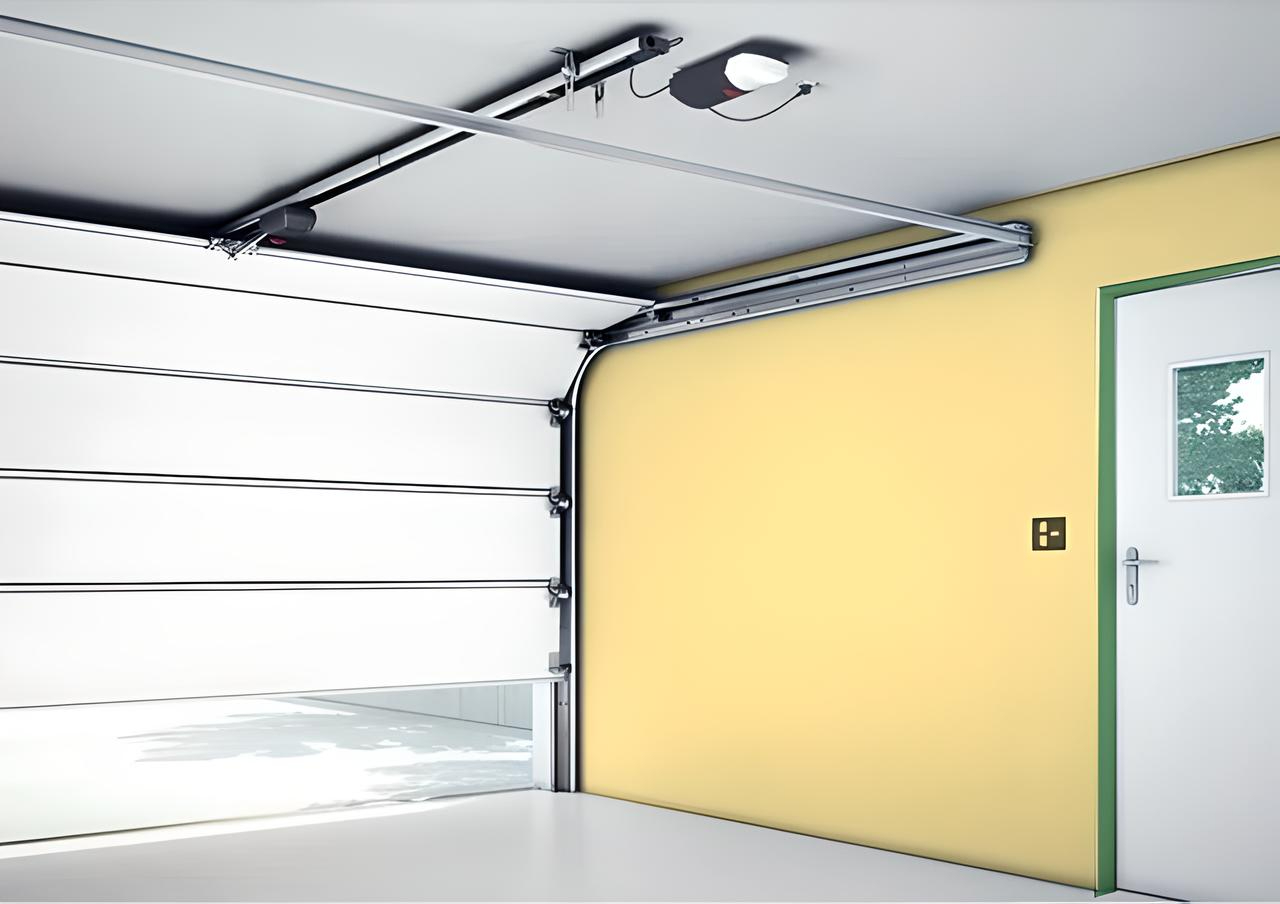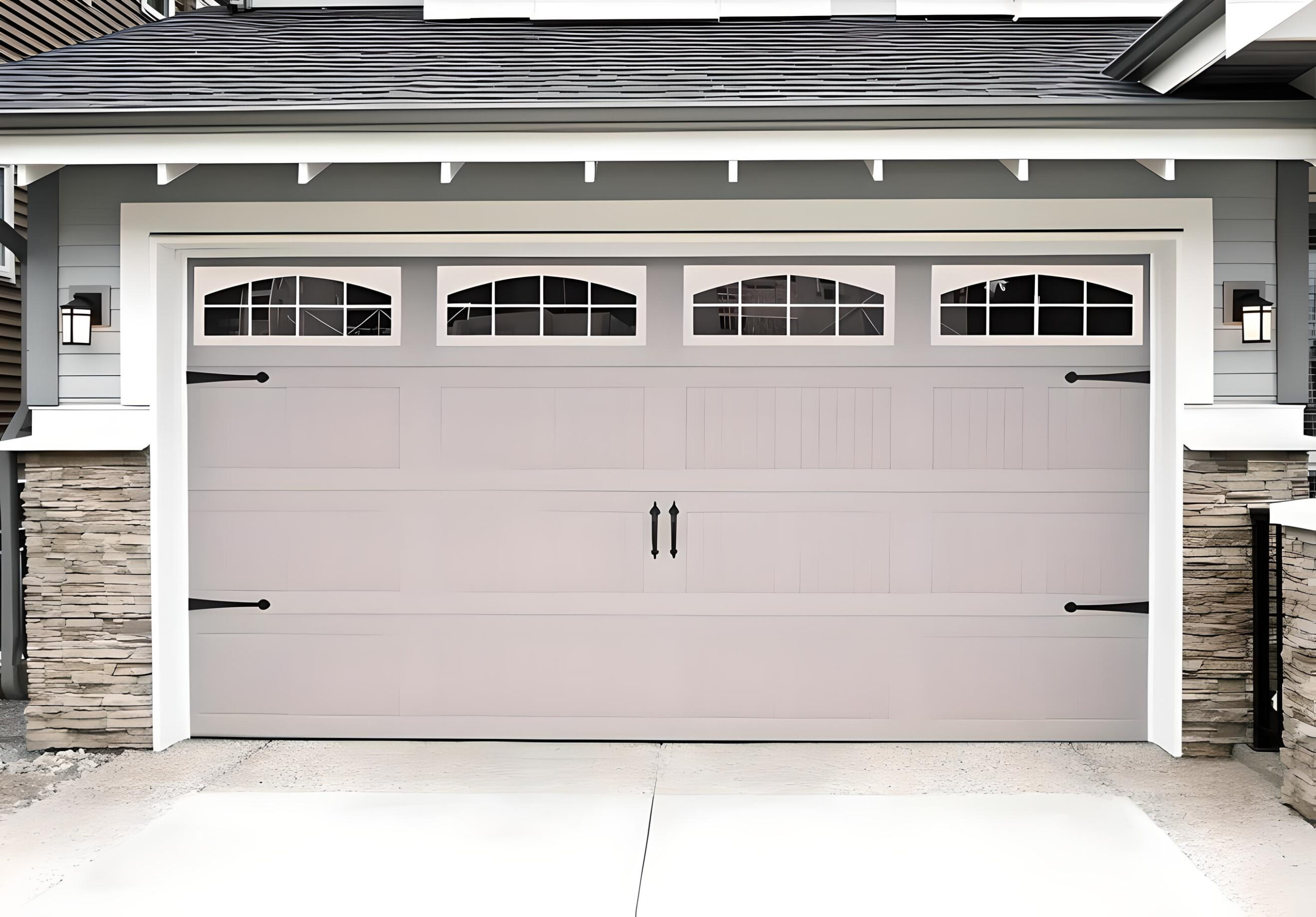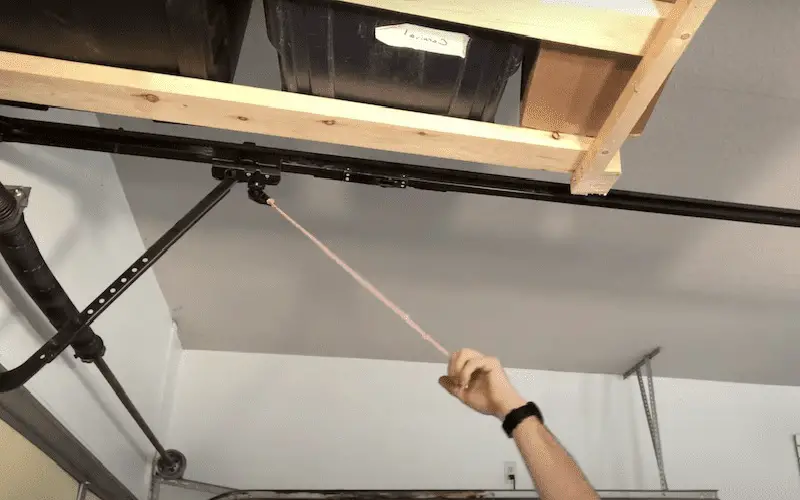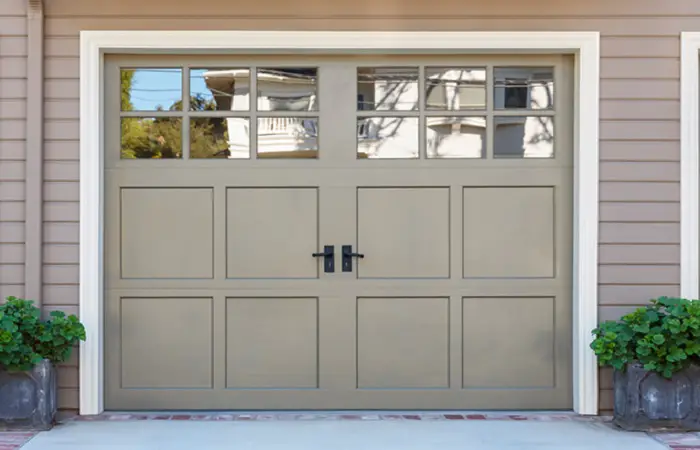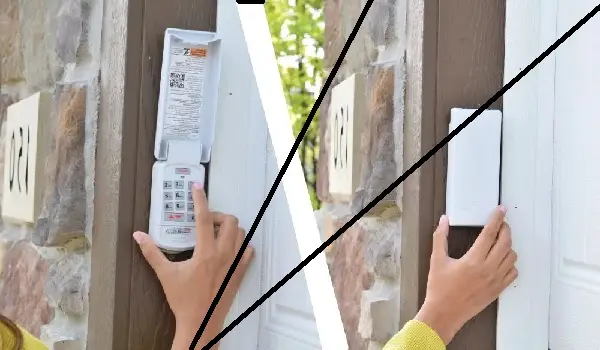Garage Door Extension Springs: A Crucial Component
Garage Door Extension Springs Garage doors are an integral part of any residential or commercial property, providing security and convenience. […]
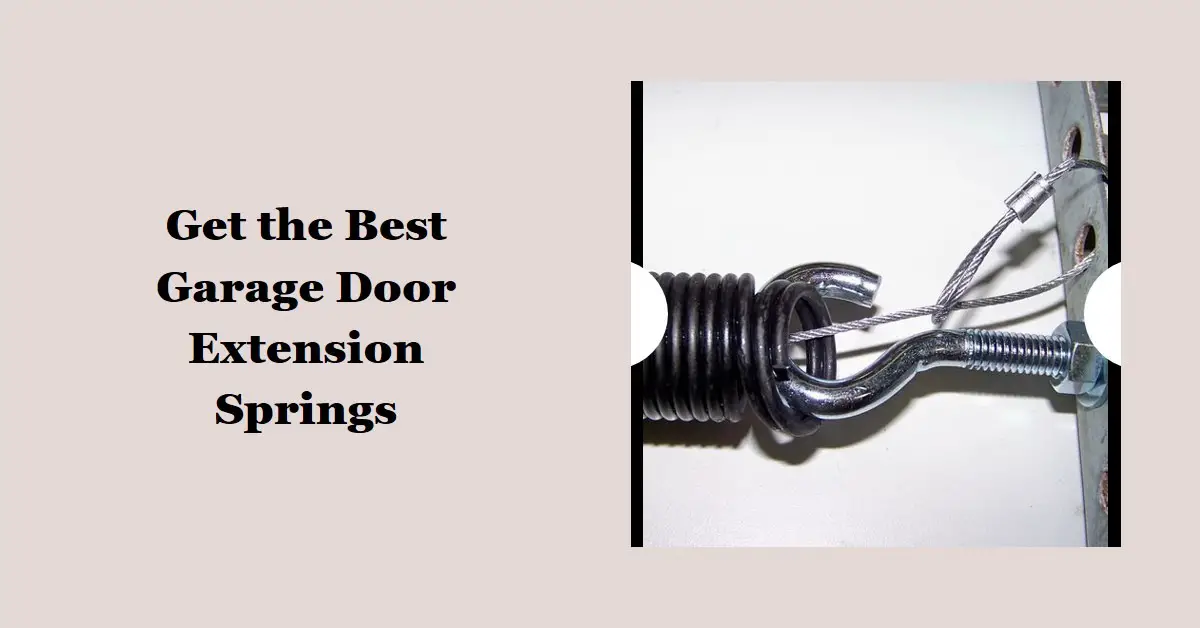
Garage Door Extension Springs
Garage doors are an integral part of any residential or commercial property, providing security and convenience. Behind the seamless operation of these doors are various components working in harmony, and one such vital component is the garage door extension springs.
In this article, we will provide information on the importance of garage door extension springs and study the various aspects associated with them.
From understanding their functionality to selecting the right type and size, we will cover it all. So, let’s dive in and unravel the world of garage door extension springs.
Garage Door Extension Springs

At their core, garage door extension springs are coiled metal springs that stretch and contract to counterbalance the weight of the garage door.
They are typically mounted parallel to the horizontal tracks and assist in lifting the door smoothly. When the door is closed, these springs store energy by being stretched, and when opened, they release that energy to support the door’s weight.
The purpose of garage door extension springs is to reduce the effort required to manually open or close the door.
By counterbalancing the door’s weight, they make the operation much easier and more manageable.
They help in reducing the strain on the garage door opener, prolonging its lifespan. These springs play a crucial role in ensuring the smooth functioning of garage doors.
Color Coding of Garage Door Extension Springs

One notable feature of garage door extension springs is the color coding system.
The color coding helps identify the weight capacity or other properties of the springs, making it easier for users to select the appropriate springs for their specific needs.
The significance of color coding lies in its ability to provide a visual representation of the spring’s characteristics.
Different colors indicate different weight capacities, allowing users to quickly determine the suitability of a spring for their garage door. For example, a red-colored spring might indicate a higher weight capacity compared to a blue-colored one.
| Color | Pounds | Kilograms |
|---|---|---|
| White | 10/110/210 | 5/50/95 |
| Green | 20/120/220 | 10/55/100 |
| Yellow | 30/130/230 | 15/60/105 |
| Blue | 40/140/240 | 20/65/110 |
| Red | 50/150/250 | 25/70/115 |
| Brown | 60/160/260 | xxx |
| Orange | 70/170/270 | 30/75/120 |
| Gold | 80/180/280 | 35/80/125 |
| Light Blue | 90/190/290 | 40/85/130 |
| Tan | 100/200/300 | 45/90/135 |
While specific color coding charts may vary among manufacturers, it’s common to find a standardized color scheme for garage door extension springs.
These charts are typically available online or through the manufacturer’s documentation.
If you are unsure about the color coding of your springs, consulting the manufacturer’s guidelines or reaching out to a professional can help ensure you make the right selection.
Size Chart and Calculators
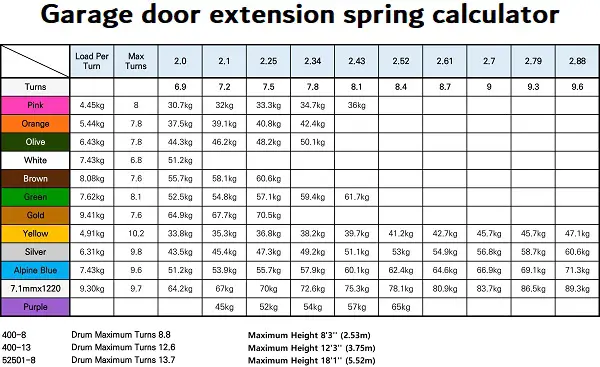
Having a size chart for garage door extension springs is of utmost importance. The dimensions of the springs directly influence their performance and compatibility with different garage doors.
A size chart provides valuable information regarding the spring’s length, wire diameter, and other relevant measurements.
With a size chart, you can determine the appropriate dimensions of the extension springs based on specific parameters.
These parameters may include the door’s weight, height, and track configuration. By referring to the size chart, you can select springs that can effectively counterbalance your garage door, ensuring smooth and reliable operation.
To size charts, there are spring calculators and tools available that assist in selecting the right extension spring size.
These tools consider various factors and provide recommendations based on the input provided. Utilizing such resources can simplify the process of finding the optimal extension springs for your garage door setup.
Types and Varieties
Garage door extension springs come in various types and varieties, catering to different weight capacities, dimensions, and features. Let’s explore some of the common types you may encounter:
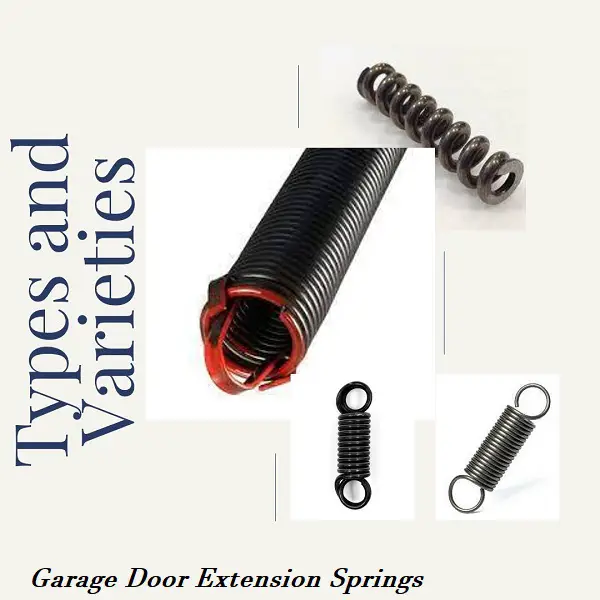
- Standard Extension Springs: These are the most common type of garage door extension springs and are suitable for doors with average weight requirements.
- High-Cycle Extension Springs: If you have a garage door that sees frequent use, high-cycle extension springs are designed to withstand the increased demand. They offer extended durability and are ideal for commercial or heavily used residential doors.
- Oil-Tempered Springs: These extension springs are treated with a protective oil coating, enhancing their resistance to corrosion. They are a good option for garages located in areas with high humidity or corrosive environments.
- Double Looped Springs: Double-looped extension springs are designed to provide additional security by preventing the spring from fully separating in case of breakage. This feature adds an extra layer of safety during operation.
When selecting the appropriate type of garage door extension spring, consider factors such as the weight of the door, frequency of use, and environmental conditions.
Consulting with a professional or referring to the manufacturer’s recommendations can assist in making an informed decision.
Read Also:
Types of Garage Door Springs: A Comprehensive Guide
Installation and Replacement
Proper installation techniques are crucial when it comes to garage door extension springs. The safety of both the users and the garage door itself depends on a correct and secure installation. Here are the key steps for installing extension springs:
- Safety First: Before starting the installation, ensure that all power sources to the garage door opener are disconnected to prevent accidental activation.
- Release Tension: If there are existing extension springs, release the tension by carefully unhooking them from the track hangers or spring anchor brackets. Follow the manufacturer’s instructions for safe tension release.
- Secure Anchors: Install the new extension springs by attaching them securely to the track hangers or spring anchor brackets. Make sure they are properly aligned and seated.
- Attach Safety Cables: It is highly recommended to install safety cables along with the extension springs. These cables provide an additional layer of protection in case of spring breakage, preventing the spring from becoming a projectile.
- Adjust Tension: After installing the extension springs, adjust the tension to ensure the door opens and closes smoothly.
- The appropriate tension level can be achieved by adjusting the position of the S-hooks on the track hangers or spring anchor brackets.
When it comes to replacement, there are signs to watch out for that indicate a worn-out or damaged extension spring. These signs include:
- Visible Wear and Tear: Check for signs of rust, deformation, or stretching in the extension springs. Any noticeable damage may compromise their effectiveness and safety.
- Uneven Door Operation: If you notice the garage door is unbalanced or operates unevenly, it could be a sign of a failing extension spring.
- Excessive Noise: Unusual creaking, grinding, or popping noises during door operation may indicate a worn-out extension spring.
If you encounter any of these signs, it’s important to replace the extension spring promptly. Replacing garage door extension springs can be dangerous if not done correctly.
It is highly recommended to seek professional assistance to ensure safety and optimal performance.
Conclusion
Garage door extension springs play a crucial role in the smooth operation of garage doors. They provide the necessary counterbalance, making it easier to open and close the door while reducing strain on the opener.
Understanding the importance of garage door extension springs, as well as their color coding, size charts, types, and installation guidelines, empowers you to make informed decisions about your garage door maintenance and repair.
Read Also:
Garage Door Repair in Dallas Supreme Garage Door Repair
Remember, the safety of yourself, your loved ones, and your property is paramount. If you have any concerns or doubts about garage door extension springs, it’s always best to consult a professional.
By taking care of your extension springs and ensuring their proper functioning, you can enjoy the convenience and peace of mind provided by a smoothly operating garage door.
